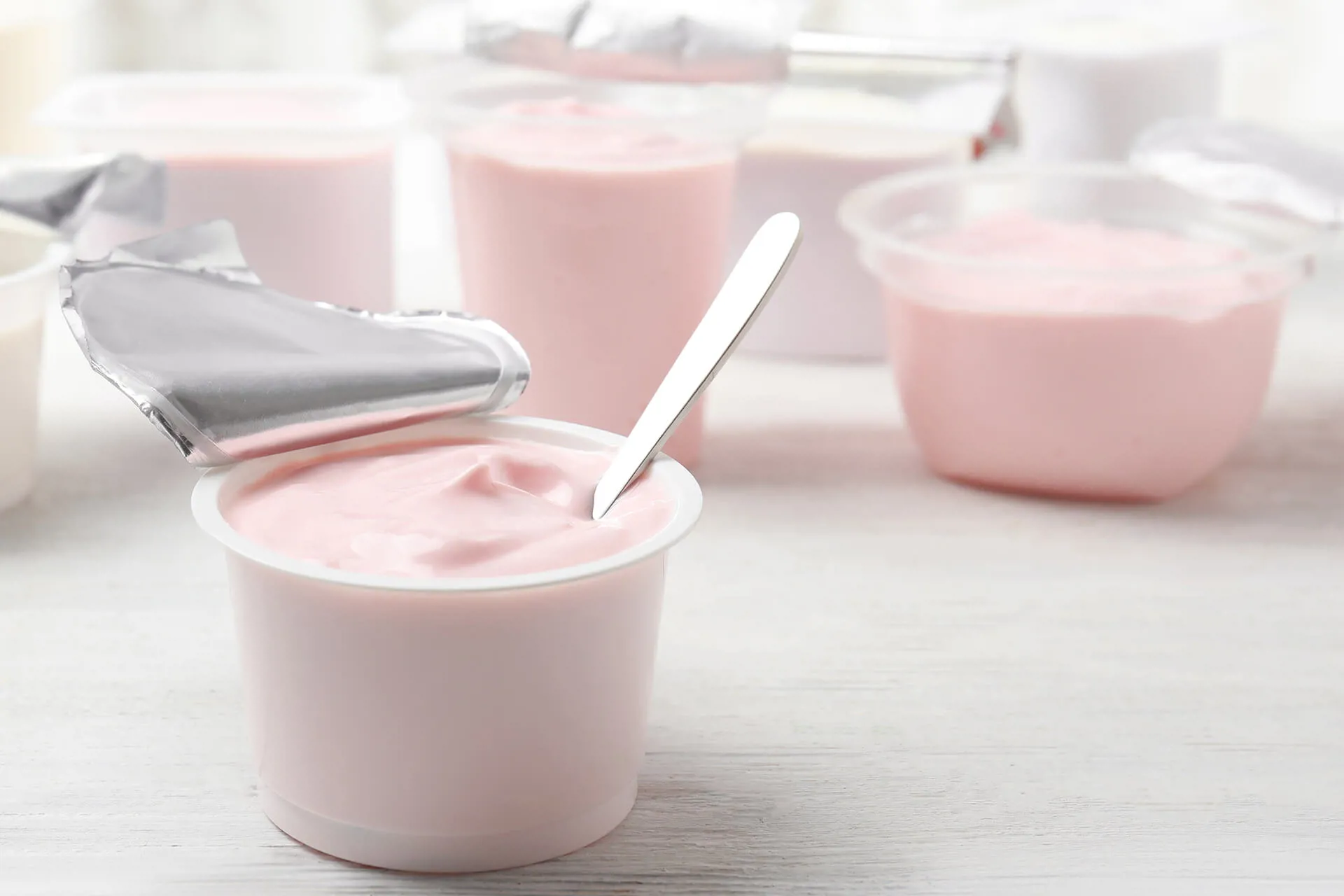
TECHNICAL ARTICLE
TECHNICAL ARTICLE
The demands of a good non-dairy creamer are many: Not only is it required to offer the same mouthfeel and whitening effect as its milk-based alternatives, but it is also required to disperse very quickly without causing oil separation in the beverage. Demands that can all be met by using the right combination of emulsifiers, in particular Palsgaard® MDG 0054 and Palsgaard® SSL 3429.
Read on to find out how Palsgaard can help you.
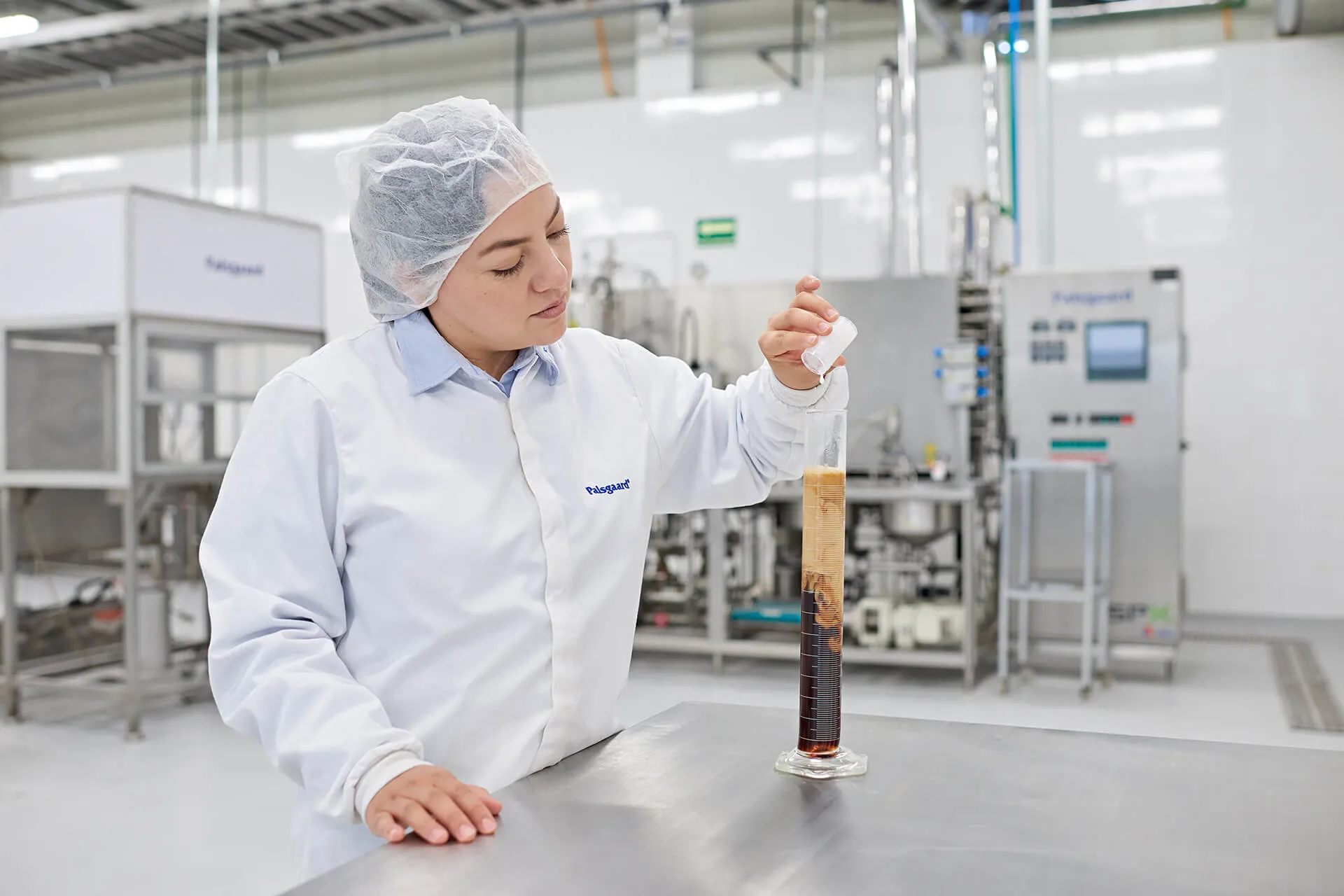

TECHNICAL ARTICLE
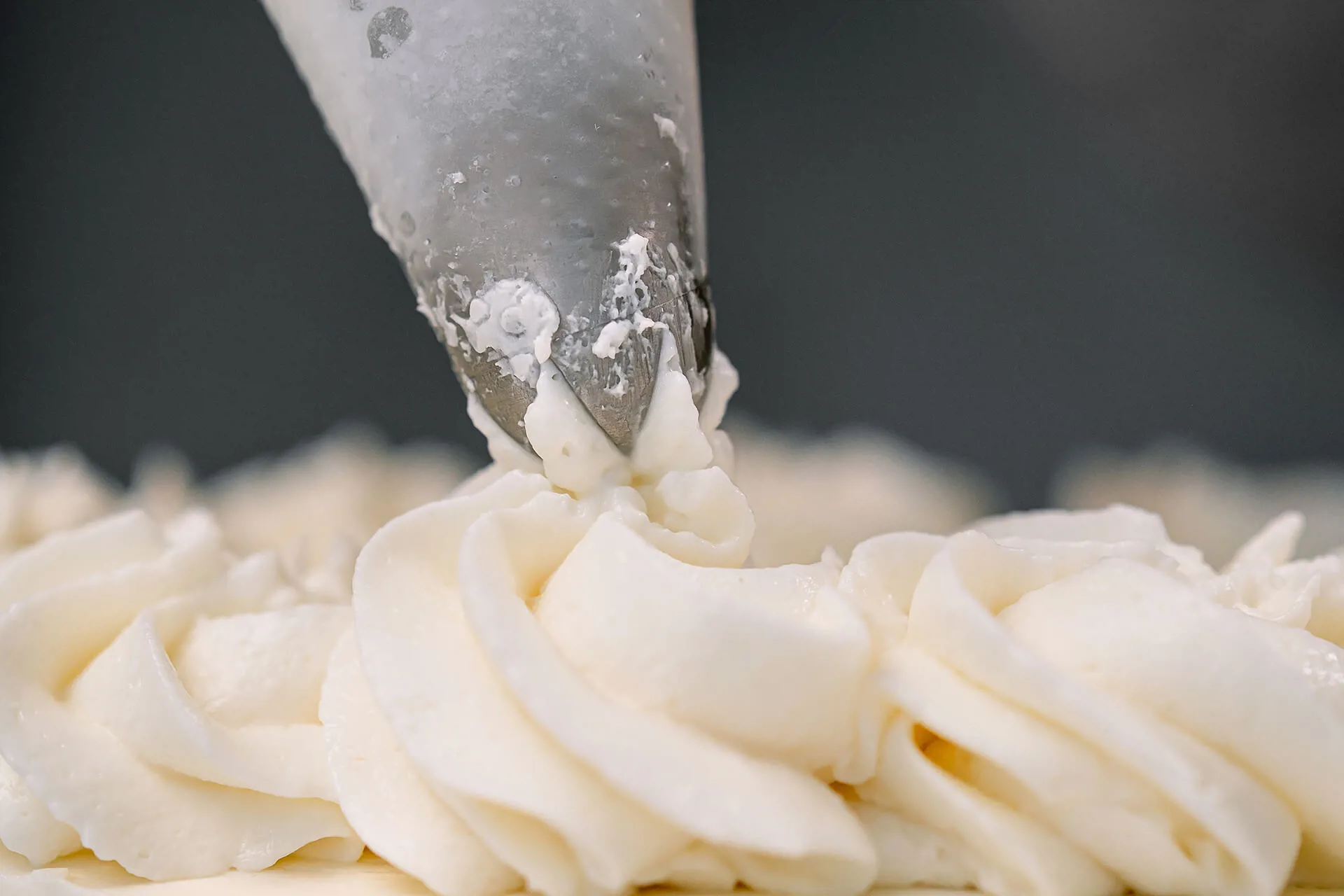
TECHNICAL ARTICLE
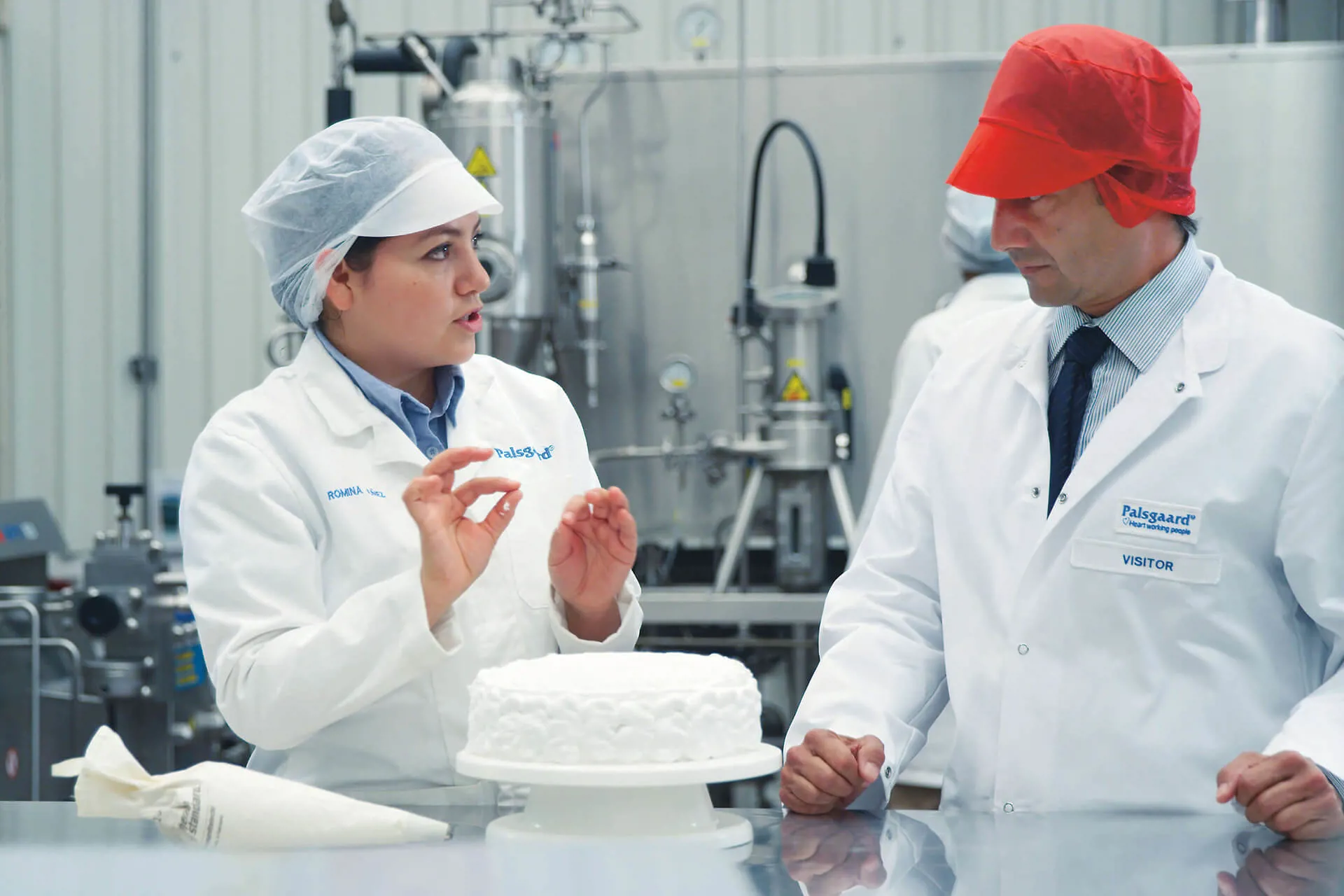
TECHNICAL ARTICLE
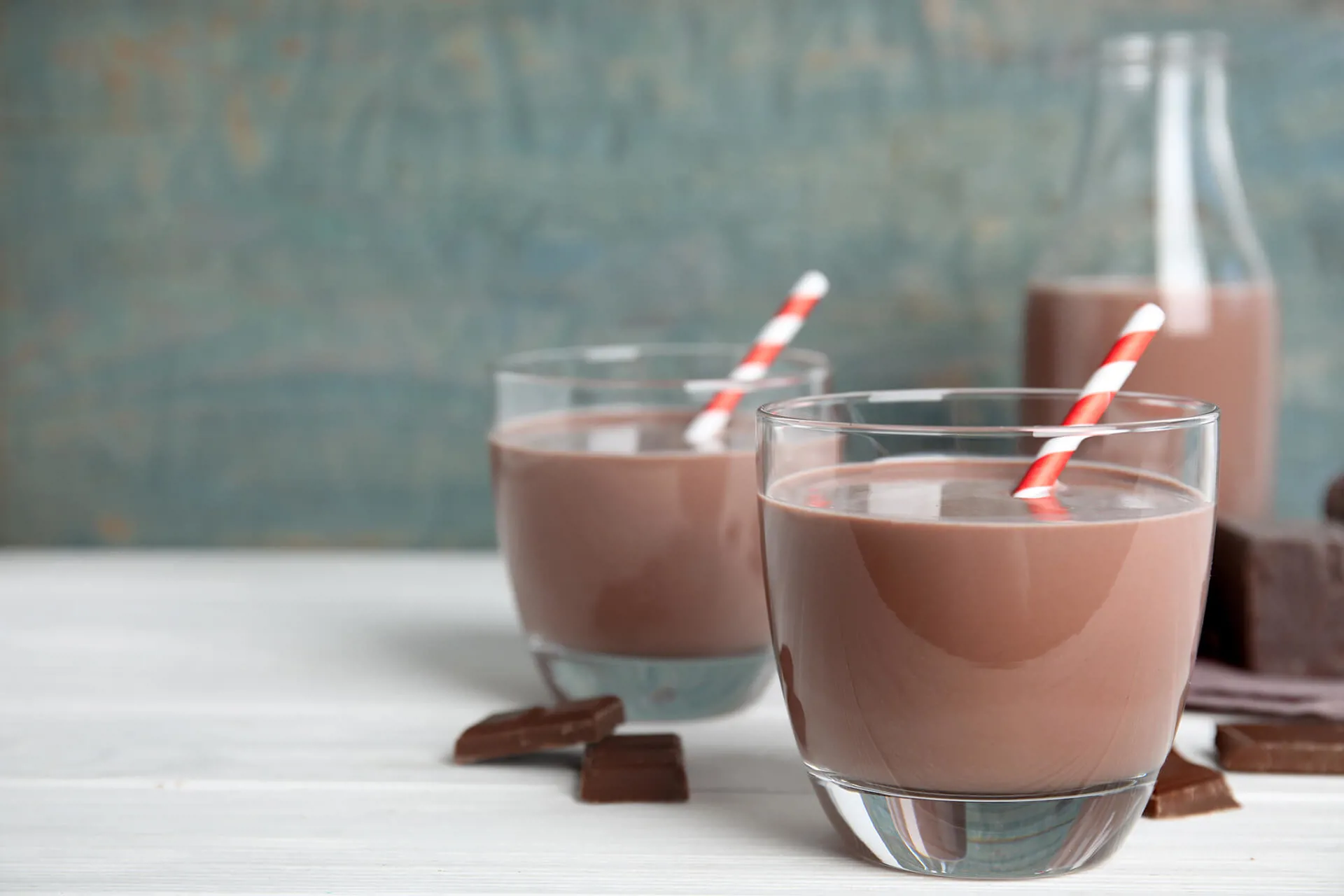
TECHNICAL ARTICLE
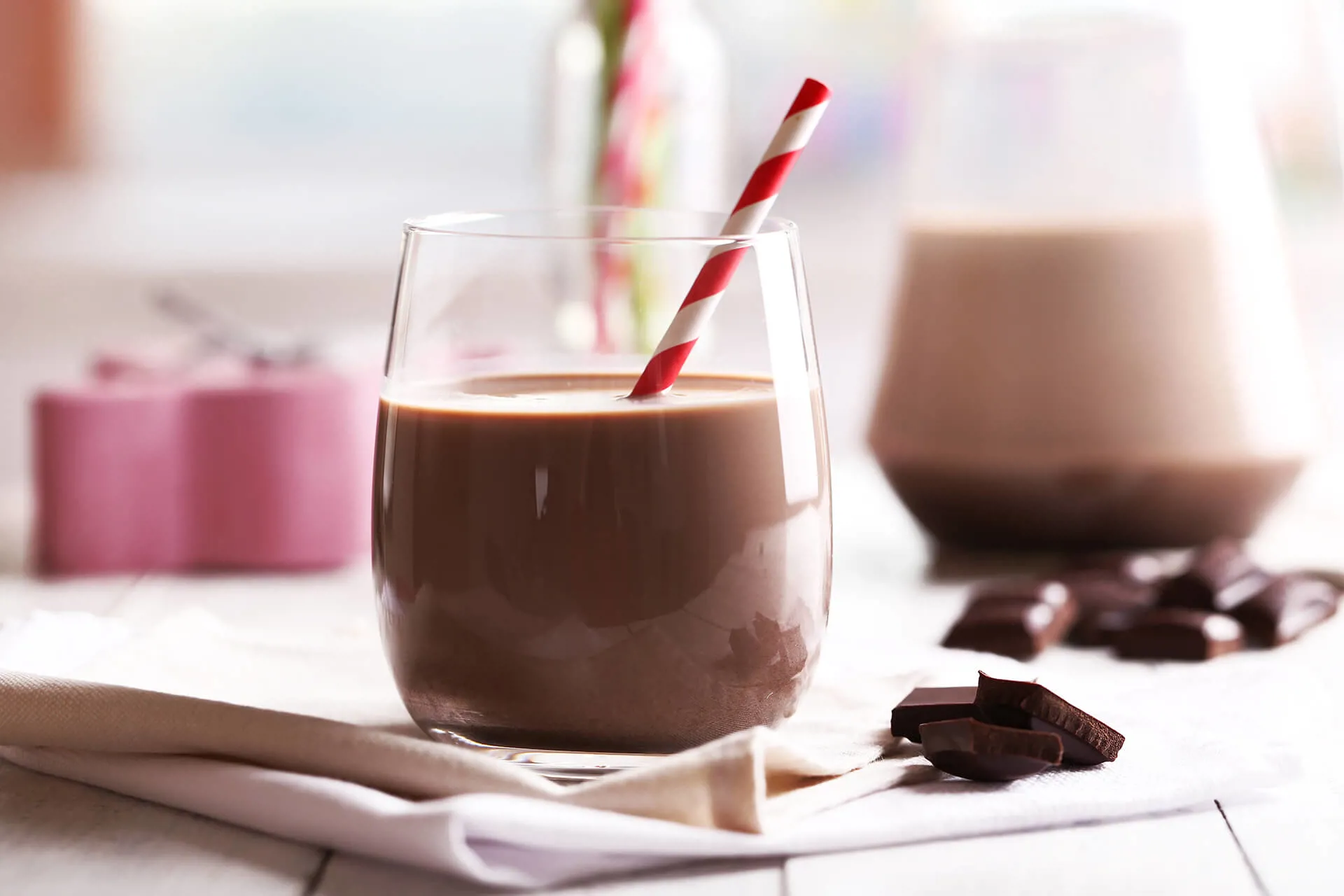
TECHNICAL ARTICLE